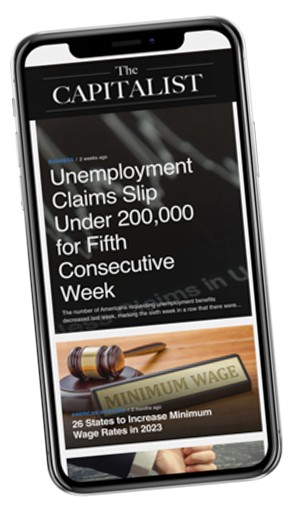News
Trump Pushes for More Tariffs, This Time on Imported Cars, Semiconductors, and Drugs
Source: YouTube
President Donald Trump is doubling down on more tariffs by proposing a new wave of import taxes on foreign-made automobiles, semiconductors, and pharmaceuticals. The president stated that these tariffs, set at 25%, will be officially announced in early April, with the potential for further increases over the year. Trump argued that these measures will protect American industries and correct trade imbalances, but they also risk escalating tensions with trading partners and increasing costs for U.S. consumers.
Tariffs on Imported Cars: Impact on Prices and Trade Relations
A 25% tariff on imported automobiles would send shockwaves through the global auto industry, significantly raising prices for consumers in the U.S. American buyers who rely on foreign brands like Toyota, BMW, and Volkswagen would face higher costs as automakers pass down the increased expenses. Some automakers might respond by reducing exports to the U.S., limiting choices for American consumers.
The move could also strain trade relations with key partners such as the European Union and Japan. While European officials have signaled a willingness to cut their 10% import tax on American cars, a 25% U.S. tariff would likely trigger retaliatory measures. Previous auto tariff threats during Trump’s first term were abandoned after similar concerns, but this new proposal suggests a renewed push to reshape trade policy in favor of domestic manufacturers.
Semiconductors: Aiming for U.S. Tech Dominance
Trump’s proposed tariffs on semiconductor imports, also starting at 25%, target one of the most critical industries for national security and economic growth. The president claims these measures will incentivize chipmakers to move production back to the U.S., reducing reliance on foreign manufacturers, particularly those in China and Taiwan.
However, the semiconductor industry operates on a global supply chain. Many U.S. tech giants, including Apple and Nvidia, rely on chips produced by Taiwan Semiconductor Manufacturing Company (TSMC) and South Korean firms like Samsung. If tariffs increase costs, companies may pass those costs onto consumers or seek exemptions, limiting the tariffs' effectiveness. While Trump’s administration hopes these measures will strengthen domestic chip manufacturing, experts warn they could disrupt supply chains and slow technological innovation.
Pharmaceuticals: A Costly Gamble on Drug Prices
The pharmaceutical industry is another target for the proposed tariffs, with Trump indicating rates could exceed 25% over time. The goal is to bring more drug manufacturing back to the U.S., but the move carries significant risks. Many prescription medications in the U.S. are sourced from international manufacturers, particularly in India, China, and Europe. Tariffs would raise costs for imported drugs, potentially driving up prices for consumers and insurers. Given that the U.S. already faces some of the highest prescription drug costs globally, these tariffs could exacerbate affordability issues rather than solve them.
Additionally, pharmaceutical companies may struggle to relocate production to the U.S. due to high manufacturing costs and regulatory hurdles. Industry leaders have already warned that the move could backfire, reducing supply chain efficiency and slowing drug development. While the Trump administration frames the tariffs as a way to boost domestic production, the immediate impact could be increased healthcare costs for Americans.
The Road Ahead for Trump's Tariff Strategy
Trump’s plan for more tariffs is part of a broader effort to reshape global trade dynamics, but the economic consequences remain uncertain. While the administration argues that these measures will strengthen U.S. industries, critics warn they could lead to inflationary pressures, strained international relations, and higher costs for consumers. As April approaches, businesses, consumers, and trade partners will be closely watching how these tariffs unfold and whether they prompt negotiations or a new trade war.
Do you think President Trump’s proposed tariffs will help or hurt the U.S. economy? Tell us what you think!



